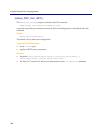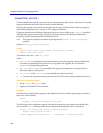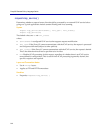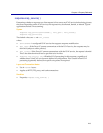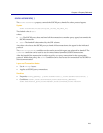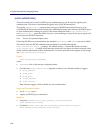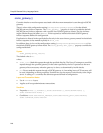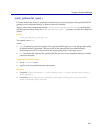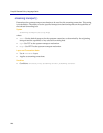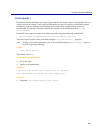
ProxySG Content Policy Language Guide
216
socks.authenticate( )
The same realms can be used for SOCKS proxy authentication as can be used for regular proxy
authentication. This form of authentication applies only to SOCKS transactions.
The regular
authenticate( ) property does not apply to SOCKS transactions. However, if an
accelerated SOCKS transaction has already been authenticated in the same realm by the SOCKS proxy,
no new authentication challenge is issued. If the realms identified in the
socks.authenticate( )
and
authenticate( ) properties differ, however, a new challenge is issued by the proxy agent used
to accelerate the SOCKS transaction.
Note: There is no optional display name.
Following SOCKS proxy authentication, the standard
user=, group=, and realm= tests are available.
The relation between SOCKS authentication and denial is controlled through the
socks.authenticate.force( ) property. The default setting no implies that denial overrides
socks.authenticate( ), with the result that user names may not appear for denied requests if that
denial could be determined without authentication. To ensure that user names appear in access logs,
use
socks.authenticate.force(yes).
Syntax
socks.authenticate(realmname)
where:
•
realmname—One of the already-configured realms.
• Consider that
socks.authenticate() depends exclusively on a limited number of triggers:
❐ proxy_address=
❐ proxy_card=
❐ proxy_port=
❐ client_address=
❐ socks.version=
Date and time triggers, while available, are not recommended.
Layer and Transaction Notes
•Use in
<Proxy> layers.
• Applies to SOCKS proxy transactions.
See Also
•Properties:
authenticate(), socks_gateway(), socks.accelerate(),
socks.authenticate.force()
• Conditions:
socks=, socks.destination_address=, socks.destination_port=,
socks.method=, socks.tunneled=, socks.version=



